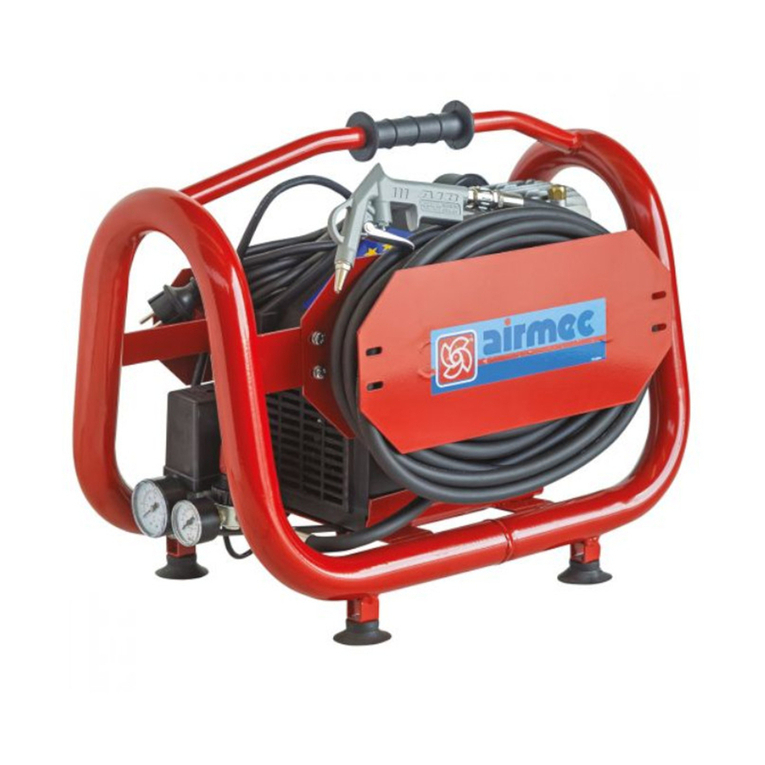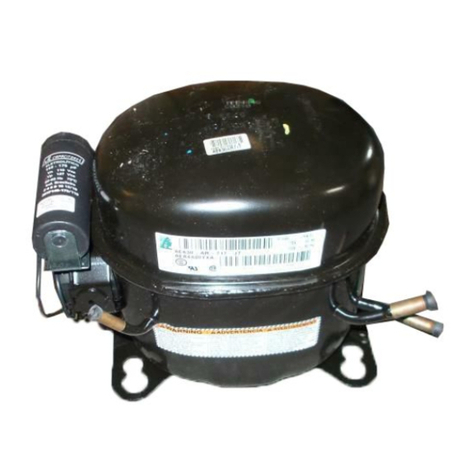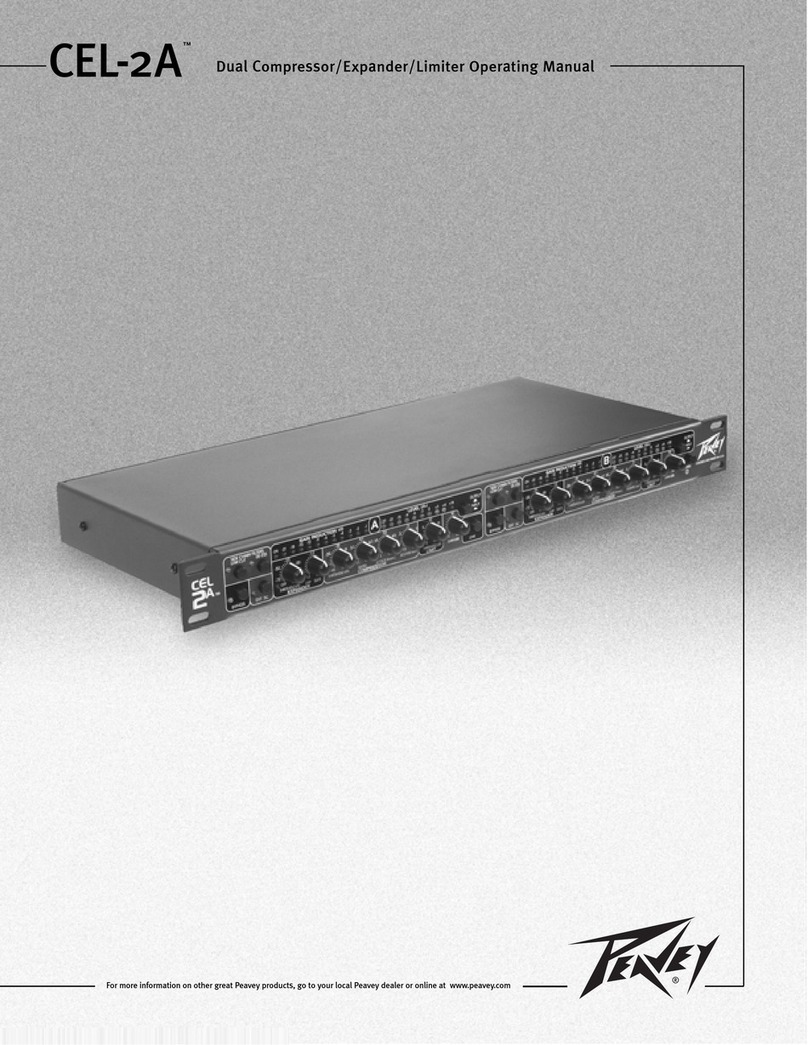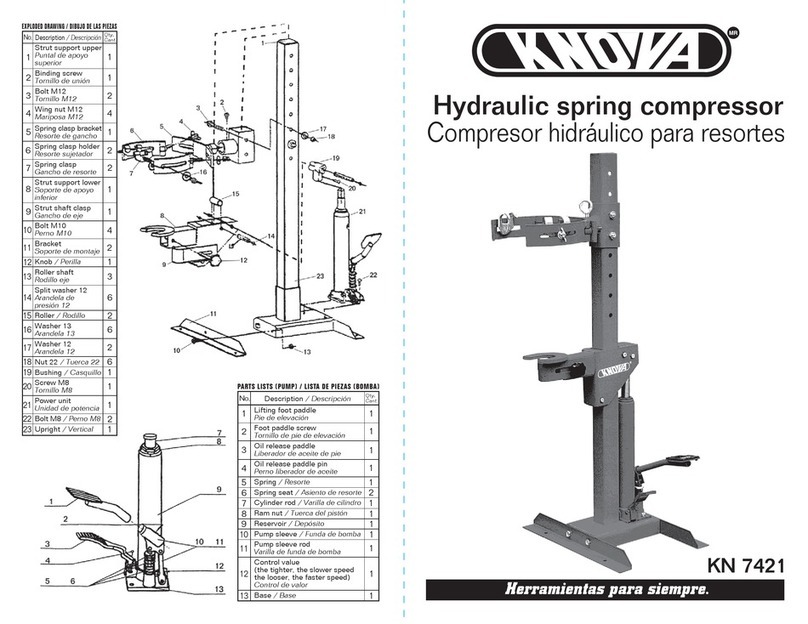Airmec PAC 2000 PL User manual

%*'6/;*0/".&/50&."/65&/;*0/&
3FW

13
GB
INTRODUCTION
This handbook is designed for the
customers, who bought a compressor for
hobby use and contains the necessary
information for the determination of the
model, for the installation, the use and the
maintenance.
The handbook is to be read carefully in order
to observe the instructions for use and
guarantee the effectiveness of the
compressor. Do not throw away the
handbook after reading it.
The compressors described in the handbook
are in conformity with the security and
bealth requirements under the directives of
the responsible authorities.
For further information, please contact our
technicians, who are at your disposal.
Technical interventions, leading to changes
in the structure of the compressor, are to
be quoted in this handbook. As
manufacturers we deny any responsibility
deriving from non-compliance with the
instructions of this handbook.
WARNING
This maintenance and operation
handbook is part of the compressor
system and is to be kept with the
compressor or by the persons in
charge of the system.
IMPORTANT NOTICE
In order to offer an efficient service
and to meet all the requirements of
our customers please specify the
model number that is indicated on the
test plate.
CONGRATULATIONS
Dear customer,
the choice of the professional compressor
proves your technical competence and your
love of beautiful designs.
Our products are made of high quality
components, which are checked in the
various stages of production and undergo
several tests, to guarantee that the
compressor meets the curstomer’s
requirements.
The electric compressor is safe and
versatile, and will last a long time, provided
the
operation and maintenance instructions
in the handbook are observed. The
handbook was written in compliance with
the EC engine directive 89/392.
Non-observance of the instructions might
compromise the correct functioning of the
compressor, and we would be forced
not to
apply the guarantee provisions and to deny
all responsibility for damage to persons,
animals or things.

MODEL
When contacting the manufacturer, please specify the information provided on the label
attached to the compressor.
0 Producer
1 Pump
2 Noise
3 Voltage, power supply
4 Production year
5 Tank volume
6 Frequency
7 Name of the family
8 Maximum working power
9 Engine power
10 Model
14
GB

POSITIONING
The compressor is to be placed in a room
which is easy to air, so that dust, sawdust,
gasses or explosive substances do not enter
the air outlet openings, and should moreover
be far from heat releasing devices.
CONNECTION TO THE ELECTRIC
INSTALLATION
Make sure that the voltage of the plug
corresponds to that written on the label and
that the compressor is put to earth in
compliance with the provisions of the
President’s Decree 548.
Connect the electric compressor with the
supplied cable and do not use inadequate
extensions. These might compromise the
correct functioning of thecompressor. Do not
carry out precarious repairs on the cable, or
cut it, and avoid it from being damaged. If the
cable shows signs of wearing out, has to be
replaced with one of the same type.
SETTING IN MOTION
Before putting the compressor into
operation a few
preliminary checks
are to
be carried out (please read carefully the
following instructions):
n
remove the plastic tap from the carter
cover and insert the oil measure spindle
or the oil outflo/inflow tap.
(fig. 1-2)
;
n
remove the plastic tap from the
compressor head and replace it with the
supplied air suction filter
(fig. 1-2)
;
n
if working with a lubricated compressor
check the oil level with the oil measure
spindle (if the level differs from normal,
read the instructions under the title
“Maintenanceinterventions”).Theoillevel
has to be within the MIN. and the MAX.
marks of the spindle
(fig. 3-3.1)
;
n
check the condensation outflow tap
(fig.
4)
;
n
make sure that the button on the air
pressure switch is the “OFF-0” position.
SETTING IN MOTION - SWITCHING OFF
15
GB
fig. 1
fig. 2
fig. 3
LEVEL
MIN-MAX
WARNING! Replace oil
after the first 50 hours of operation

SETTING IN MOTION - SWITCHING OFF
16
GB
fig. 3.1
fig. 4
fig. 5
After carrying out the above mentioned
controls, connect the compressor to the
electricinstallationandswitchthebuttononto
the “ON-1” position
(fig. 5)
. To switch off the
compressor push the button to “OFF-0”
position
(fig. 5).
In CHB models the oil level is to be checked
through the transparent tap. The oil level
has to correspond to the red mark on the
tap
(fig. 3.1)
.
WARNING
To switch off the compressor always
use the button on the air pressure
switch; if you switch off the
compressor by unplugging it, the
pressure in the head of the
compressor would be prevented from
flowing out, and this could cause
difficulties when using the
compressor again.
Do not pull the cable to unplug the
compressor and avoid placing the
compressor in cold environments.
It is advisable not to use extensions
of any kind during normal operation
of the compressor.
The functioning of the compressor is
adjusted by the air pressure switch
(fig. 5),
which interrupts network supply when the
pressure inside the tank reaches the set
value (8 bar) and reconnects the
compressor to the system when the
pressure reaches a level 2 bar inferior to
the set maximum level.

OPERATION
whereas the value shown on the
manometer
6.2
refers to the inner tank
pressure;
n
connect the pipe of the machine tool to
be used to the air outlet tap
7.3
and open
the tap.Afterusingthecompressorclose
the tap again.
fig. 6
fig. 7
17
GB
WARNING
n
The correct use of the electric
compressor consists in alternating
running, that is for 60% of the total
time in operation.
n
The electric compressor is
provided with a safety valve adjusted
atapressuresuperiortothe maximum
pressure of the air pressure switch.
It is released in case of malfunction
of the air pressure switch and opens
an outlet for exceeding air
(fig. 7.5)
.
n
The customer is not entitled to
adjust the compressor so that it can
exceed the maximum pressure
written on the tank label.
n
While the compressor is in
operation and until a few minutes
after switching it off, do not touch the
pipes, the head, the motor, the check
valve nor any part of the compressor
which is subject to heating.
You might get burned.
CORRECT USE OF COMPRESSED AIR
To use compressed air correctly, please act
as follows
(fig. 6-7)
:
n
adjust the desired pressure by rotating
the adjuster knob
7.4
: pull the knob and
rotate it clockwise to increase the
pressure, or in the opposite direction to
reduce the pressure.
Then push the knob downwards to block
it. The adjusted pressure will be
indicated on the manometer
6.1
,

MAINTENANCE
18
GB
DO NOT ACT AS FOLLOWS
WHILE THE COMPRESSOR
IS IN OPERATION
n
Place the compressor on inclined
surfaces.
n
Cover the compressor or place it in
areas, that cannot be aired.
n
Use the compressor under the rain or
in case of thunderstorms.
n
Remove the condensation outflow tap
if pressure is in the tank
(fig. 4)
.
n
Direct the discharged air onto persons,
animals or volatile materials (dust,
thinners, etc.).
n
Carry out any type of maintenance
intervention.
WARNING
Before carrying out any type of
maintenance intervention, unplug the
compressor and let the tank pressure
out by opening the condensation
outflow tap
(fig. 4)
; unscrew the tap
carefully and let the air out slowly,
as metal residues might be in the
tank.
An adequate and regular
maintenance guarantees the proper
and lasting functioning of the
compressor.
MAINTENANCE INTERVENTIONS
Oil change
(fig. 8)
Replace the oil after the first 50 hours of
operation; subsequent changes may be
carried out every 200 hours. The suggested
oils are AGIP SUPERDIESEL or AGIP
GAMMA 40.
WARNING
Do not mix different oils.
Air filter
(fig. 9)
Clean the filter every 100 hours of operation
and replace it every 500.
Condensation outlet
(fig. 4)
The condensation is to be drained every 20
hours of operation through the tap.
WARNING
These interventions are to be carried
out by specialised technicians.
MAINTENANCE INTERVENTIONS
IN CASE OF INCORRECT OPERATION
Malfunction of the exhaust valve of the air
pressure switch
(fig. 10)
.
It does not close properly.
A-
The checkvalve isnot well sealed
(fig.10)
.
Maintenance of the check valve:
n
empty all the air in the tank
(fig. 4)
;
n
unscrew the nut
(10.5)
of the check
valve;
n
clean or replace the sealing washer
10.4
, the pad
10.2
, or the housing in the
valve set
10.1
;
n
reassemble with care.

MAINTENANCE
19
GB
fig. 8
fig. 9
fig. 10
B -
Air leakage
Check whether there are leaks
in the joints.
The compressor does not start
or cuts out immediately
A -
Make sure that the line voltage
corresponds to that indicated on the label.
If the line voltage is higher the compressor
could bedamaged,whereasincaseoflower
voltage the motor does not pick-up properly
and cuts out immediately.
B -
Check the functioning of the air
pressure switch.
Too frequent starting and/or continued
functioning
A -
The capacity of the compressor is not
suitable for the frequent use.
B -
The pressure reducer
7.2
does not
function properly
(fig. 7)
.
Reducer maintenance:
n
let all the air out of the tank
(fig. 4)
;
n
replace the inner membrane of the
reducer;
n
reassemble correctly.
The compressor works, but it does not
produce air and gets overheated
Check the suction valve system, the head
washer and the bed washer (the latter only
applies for lubricated compressors).
The safety valve
7.5
is released before the
pressure reaches maximum level
(fig. 7)
Replace the safety valve in compliace with
the regulations of the Official Control Body.

MAINTENANCE
20
GB
After switching off the compressor,
it does not start again
n
unplug the compressor;
n
rotate the fan to make sure that the
system is not blocked;
n
wait a few minutes before restarting the
compressor.
As regards the model CH 210, when the
compressor overheats a temperature
control device is released, and the
compressor cuts out for a few seconds
(15-20 sec).
The compressor starts again when as soon
as the compressor has colled down.
The CHB pump has a temperature control
device with a button
(fig. 11)
. If the device
is released, push the button to restart the
motor.
If the motor does not start, please contact
an authorised shop.
n
The condenser is damaged.
fig. 11
The compressor is noisy and gives out
rhythmical and metallic sounds
Stop the engine immediately and contact
specialised technicians.

PAC 2000 PL
220
13,2
7,6
1,1
1,5
230
8,2
2800
116
24
1
1
8
CH 210 PL
510
430
90
78 78
280
4 + 4
CH25/210 PL
220
13,2
7,6
1,1
1,5
230
8,2
2800
116
26
1
1
8
CH 210 PL
660
610
90
330
25
CH50/210 PL
220
13,2
7,6
1,1
1,5
230
8,2
2800
116
29
1
1
8
CH 210 PL
980
640
90
400
50
78

*
%*$)*"3";*0/&$&%*$0/'03.*5"h
4JEJDIJBSBDIFHMJFMFUUSPDPNQSFTTPSJTPUUPJOEJDBUJTPOPDPOGPSNJBMMFTFHVFOUJ%JSFUUJWF$&3VNPSPTJUË7)[EJUBSHB-Q"NJTVSBUPE#"3N)N$&$&$&$&$&0SHBOJTNPOPUJmDBUPO¡$&4."7JB(PSJ[JB3&*5"-:-XBNJTVSBUPE#"-XBHBSBOUJUPE#"7)[EJUBSHB1PUFO[BNBYL81SPDFEVSBTFHVJUB"MMFHBUP7*BSUJDPMP7*QSPDFEVSB/PSNFBSNPOJ[[BUFBQQMJDBUF&/&/&/&/&/&/&/&/*40&$%&$-"3"5*0/0'$0/'03.*5:
(#
i&$w%&$-"3"5*0/0'$0/'03.*5:*UJTEFDMBSFEUIBUUIFFMFUUSJDDPNQSFTTPSTCFMPXBSFDPOGPSNUPUIFGPMMPXJOHEJSFDUJWFT$&/PJTF7)[SBUFE-Q"NFBTVSFEE#"3No)Nt$&t$&t$&$&$&/PUJmFECPEZO¡$&4."WJB(PSJ[JB3&o*5"-:-8"NFBTVSFEE#"-XBHVBSBOUFFEE#"7)[SBUFE.BYQPXFSɊ,X1SPDFEVSFGPMMPXFE&ODMPTVSF7*oBSUJDMF7*oTUQSPDFEVSF)BSNPOJTFESFHVMBUJPOTBQQMJFEt&/&/&/&/&/&/&/&/*40
'
%&$-"3"5*0/i$&w%&$0/'03.*5&/PVTEÏDMBSPOTRVFMFMFDUSPDPNQSFTTFVSTDJEFTTPVTFTUDPOGPSNFBVY%JSFDUJWFTTVJWBOUFT$&#SVJU7)[EBQSÒTQMBRVFTJHOBMÏUJRVF-Q"NFTVSÏE#"3No)N$&$&$&$&$&0SHBOJTNFOPUJmÏO¡$&4."WJB(PSJ[JB3&o*5"-:-8"NFTVSÏE#"-XBHBSBOUJE#"7)[EBQSÒTQMBRVFTJHOBMÏUJRVF1VJTTBODFNBYɊ,X1SPDÏEVSFTVJWJF"OOFYF7*oBSUJDMF7*oFSQSPDÏEÏ/PSNFTIBSNPOJTÏFTBQQMJRVÏFTt&/&/&/&/&/&/&/&/*40
&
%&$-"3"$*»/i$&w%&$0/'03.*%"%4FEFDMBSBRVFMBFMFDUSPDPNQSFTPSFTNFODJPOBEBBCBKPFTUÈDPOGPSNFBMBT%JSFDUJWBTBDPOUJOVBDJØO$&3VJEP7)[OPNJOBM-Q"NFEJEPɊE#"3No)N$&$&$&$&$&0SHBOJTNPOPUJmDBEPO¡$&4."WJB(PSJ[JB3&o*5"-:-8"NFEJEPE#"-XBHBSBOUJ[BEPE#"7)[OPNJOBM1PUFODJBNËYJNBɊ,X1SPDFEJNJFOUPBQMJDBEP"OFYP7*oBSUJDVMP7*o¡QSPDFEJNJFOUP/PSNBTIBSNPOJ[BEBTBQMJDBEBT&/&/&/&/&/&/&/&/*40
4-0
*;+"7"04,-"%/045*130*;70%"*[KBWMKBNPEBFMFLUSJŘOJLPNQSFTPSKJOBÝUFUJOBUFNMJTUVTPWTLMBEV[OBTMFEOKJNJEJSFLUJWBNJ$&HMBTOPTU7o)[OBUBCMJDJ-Q"J[NFSKFOɊE#"3No)NE#"3No)N$&$&1SJKBWBÝU$&4."VM(PSJ[JB3&*5"-:-8"J[NFSKFOE#B-XBHBSBOUJSBOE#"7)[OBUBCMJDJNBYNPŘL86QPÝUFWBOBQSPDFEVSBQSJMPäFOP7*oė-&/7*QSPDFEVSB6QPÝUFWBOFOPSNF&/&/&/&/&/&/&/&/*40
)3
*;+"7"064,-"&/045*4"i$&w0%3&%#"."*[KBWMKVKFTFEBKFEPMFFMFLUSJŘOJLPNQSFTPSVTLMBEVTBTMKFEFŗJN0ESFECBNB$&#VŘOPTU7)[TBUBCMJDF-Q"J[NKFSFOPɊE#"3No)N$&$&$&$&$&1SJKBWOJPSHBOO¡$&4."WJB(PSJ[JB3&o*5"-:-8"J[NKFSFOPE#"-XBHBSBOUPWBOPE#"7)[J[UBCMJDF.BYJNBMOBTOBHBɊ,X4MKFŜFOBQSPDFEVSB%PEBUBL7*oŘMBO7*o¡QPTUVQBL1SJNKFOKFOFTVTMKFEFŗFPESFECFPVTLMBŜFOPTUJ&/&/&/&/&/&/&/&/*40.PEFMMJ.PEFMT.PEÒMF.PEFMP.PEFM.PEFM
This manual suits for next models
2
Table of contents
Other Airmec Compressor manuals
Popular Compressor manuals by other brands

Panasonic
Panasonic Matsushita SD43C77JBU6 Specification sheet
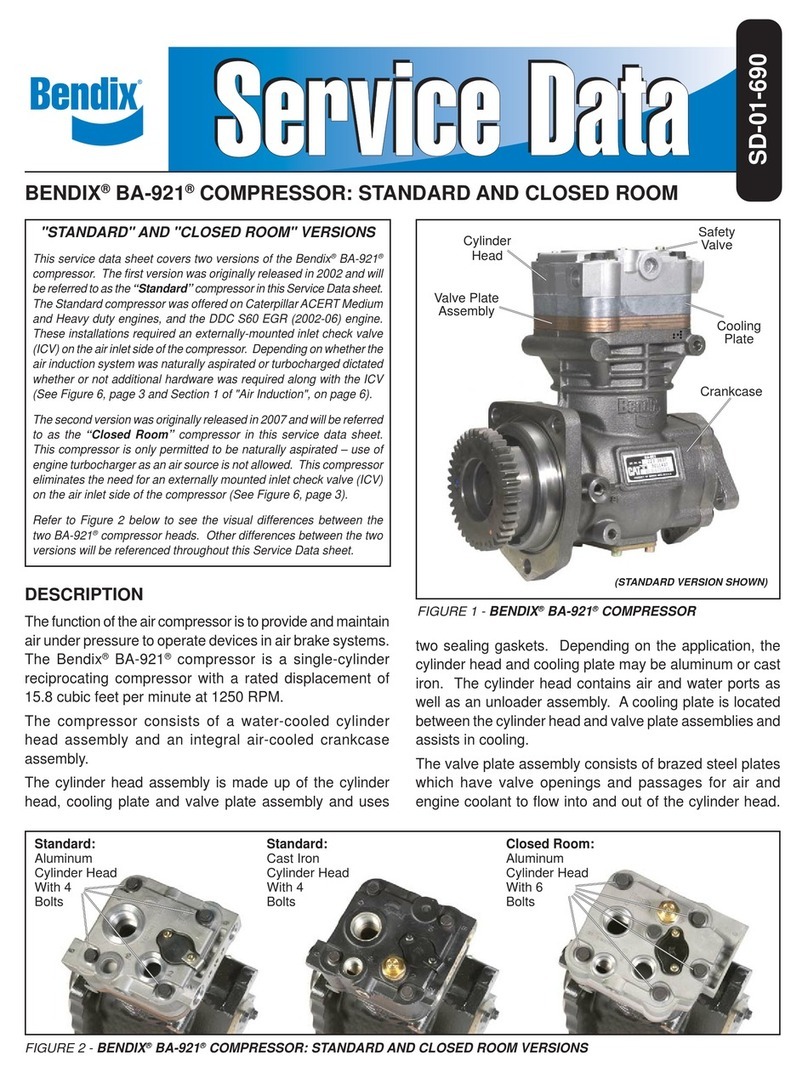
BENDIX
BENDIX BA-921 COMPRESSOR-STD-CLOSED ROOM Service data sheet
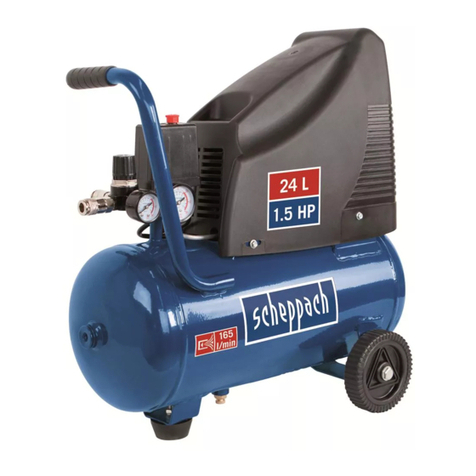
Scheppach
Scheppach HC25o Translation of original instruction manual
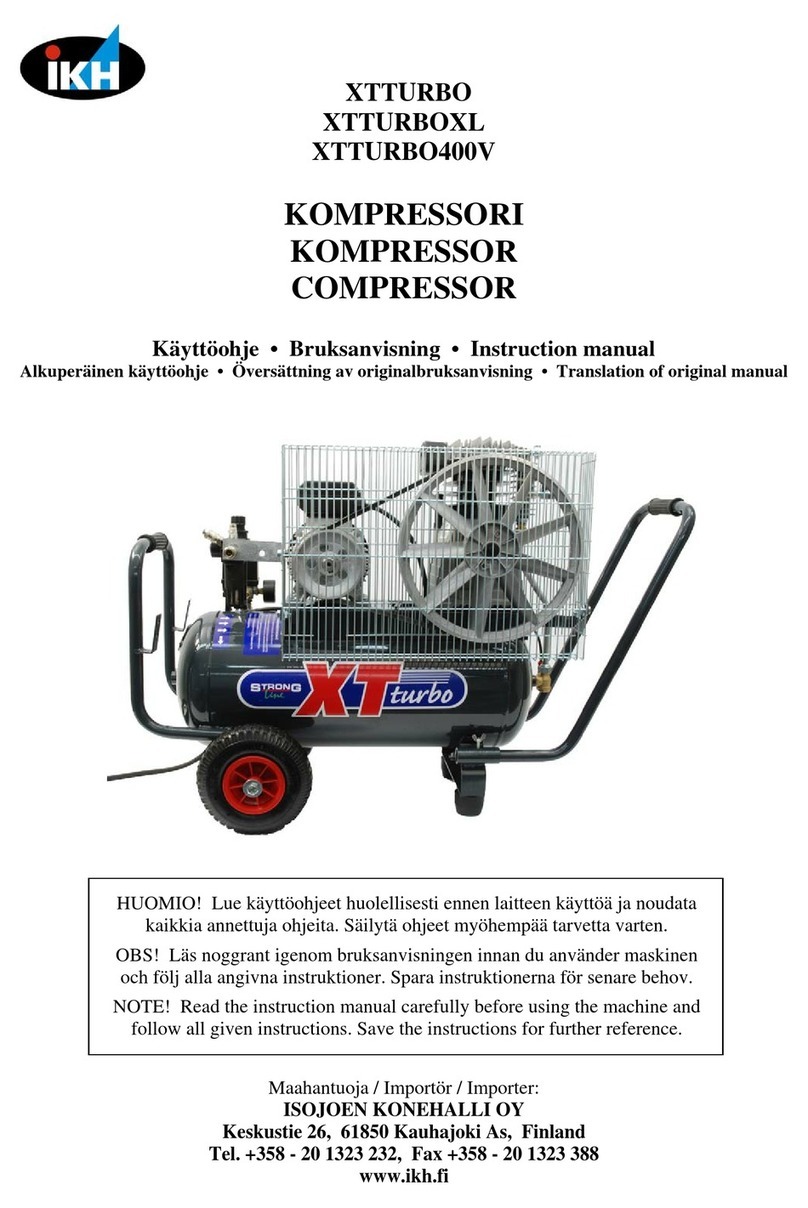
IKH
IKH XTTURBO instruction manual

Roller
Roller Multi-Control SL instruction manual

UK Sound
UK Sound 176 user manual
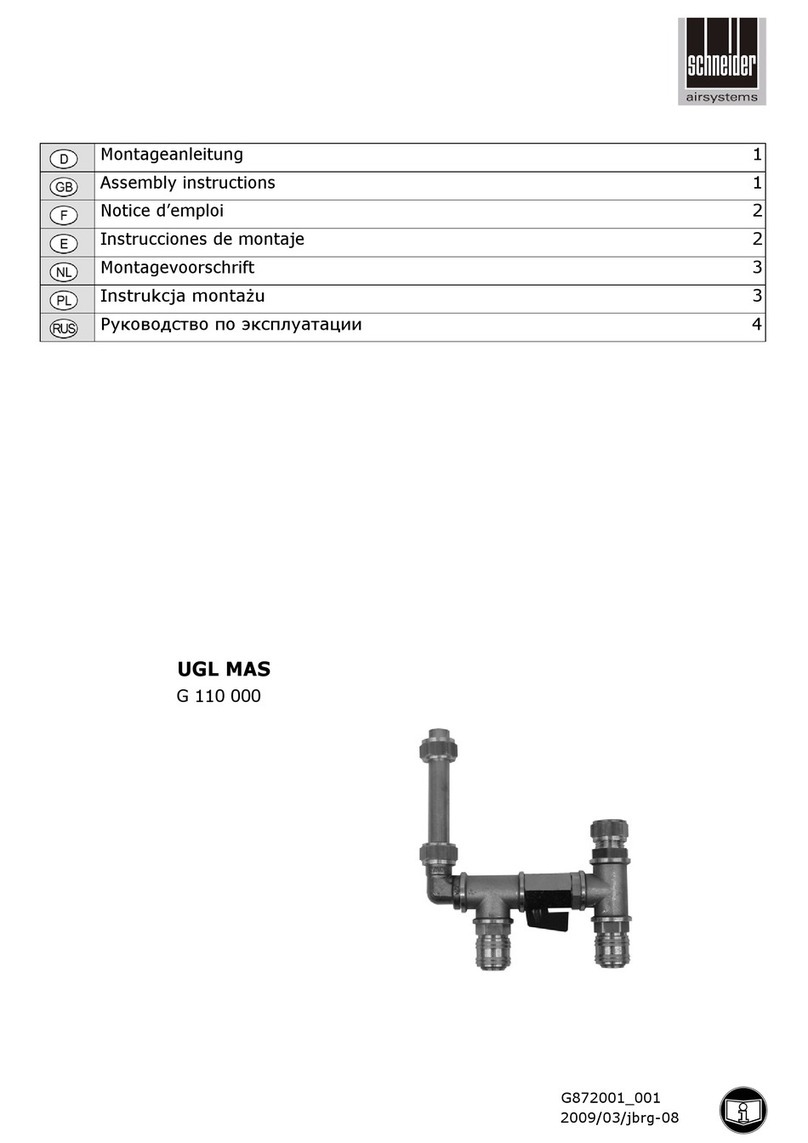
Schneider Airsystems
Schneider Airsystems UGL MAS Assembly instructions
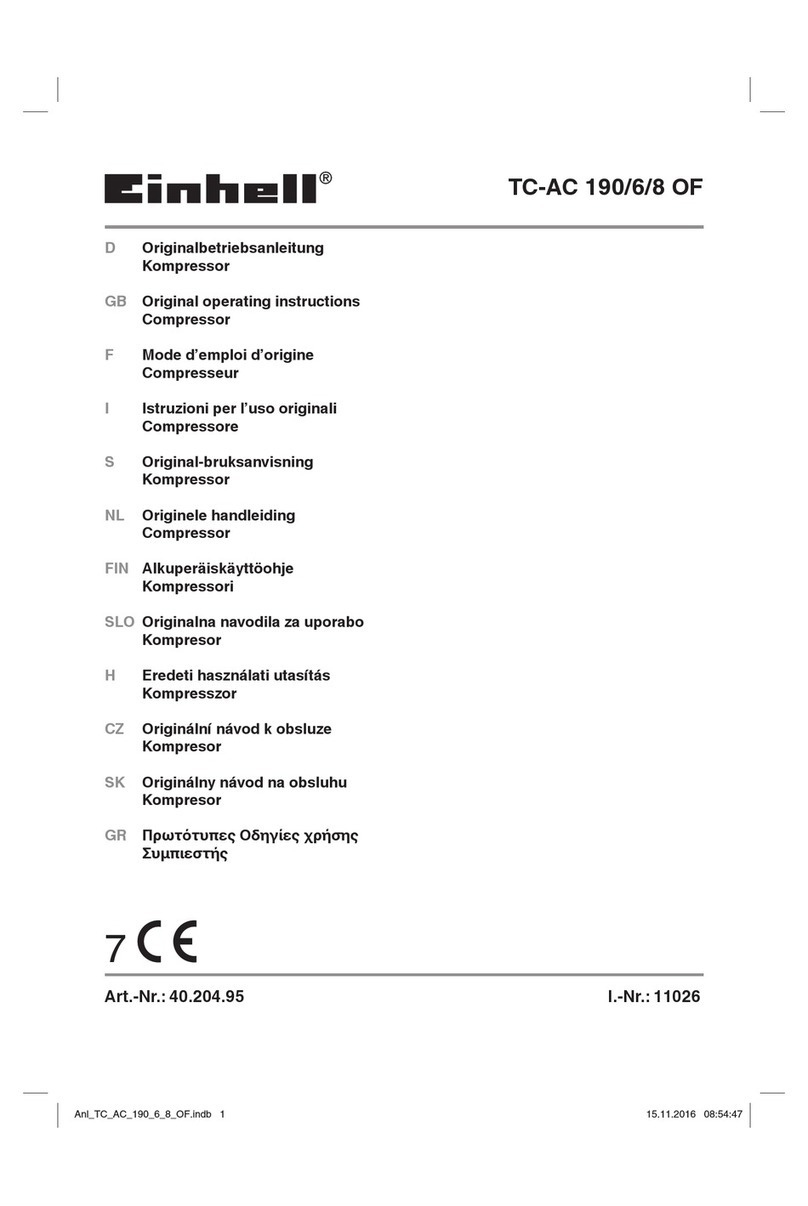
EINHELL
EINHELL TC-AC 190/6/8 OF Original operating instructions
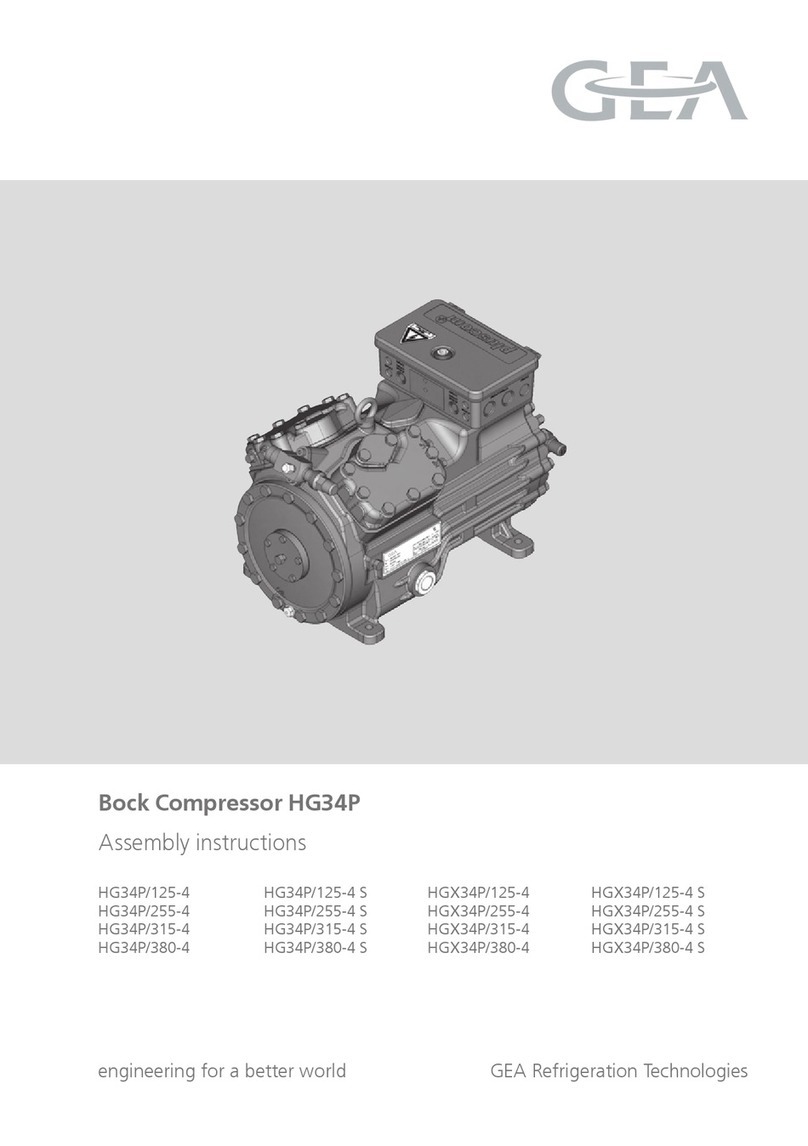
GEA
GEA HG34P Series Assembly instructions

Tecumseh
Tecumseh FH2 Detailed installation instructions

Powerex
Powerex WhisperAir PCC Series Installation, operation and maintenance instructions

PRESONUS
PRESONUS ACP88 Using instructions
